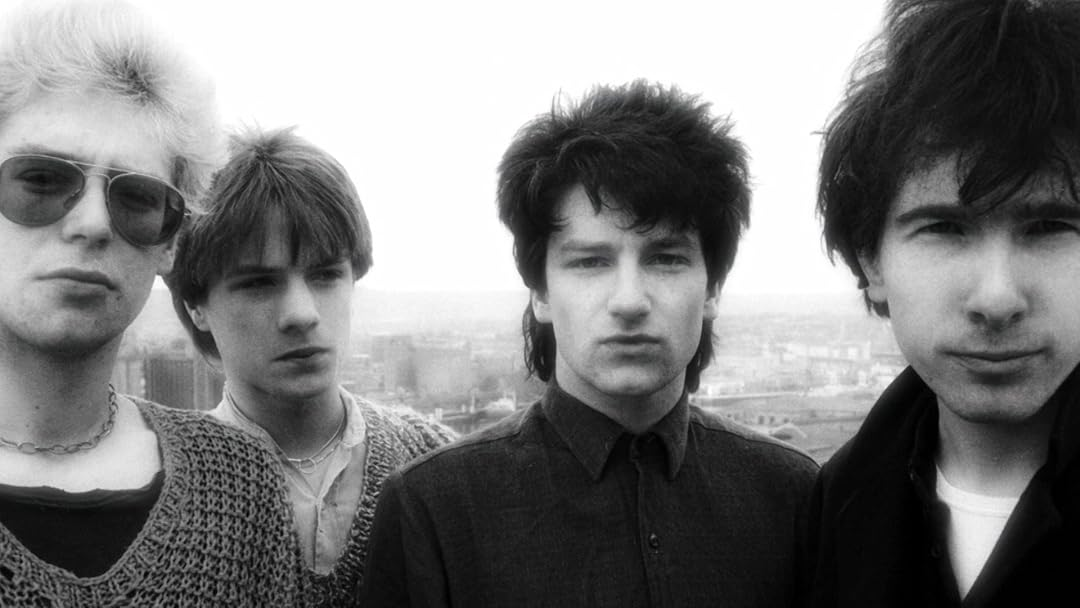Introduction
"Beautiful Day" by U2, released in 2000, is a quintessential track that captures the spirit of the early 2000s. As the lead single from their album All That You Can't Leave Behind, the song marked a return to the band's rock roots with a modern twist, aligning with the pop-rock and alt-rock trends of the time.
Cultural Context
Emerging at the dawn of the new millennium, "Beautiful Day" resonated with audiences amidst the Y2K era's blend of pop, R&B, and hip-hop. The track's uplifting message and anthemic sound made it a staple on pop-rock and alt-rock radio, capturing the optimism of the early 2000s. Its success was further cemented by its memorable music video, which received heavy rotation on music television channels.
Production & Sound
The song is characterized by its soaring guitar riffs and driving rhythm section, underpinned by The Edge's signature delay-laden guitar sound. Produced by Brian Eno and Daniel Lanois, the track blends rock with elements of electronic music, creating a polished yet dynamic sound. The layered production and Bono's emotive vocals contribute to its enduring appeal.
Notable Live Performance
One of the most iconic live performances of "Beautiful Day" was during the Super Bowl XXXVI halftime show in 2002. U2's performance was a tribute to the victims of the September 11 attacks, adding a poignant layer to the song's message of hope and resilience. This moment is often cited as one of the greatest Super Bowl performances of all time.
Modern Legacy
"Beautiful Day" remains relevant today, not only for its chart-topping success but also for its timeless message and production. The track won three Grammy Awards, including Song of the Year, and continues to be a fixture in U2's live setlists. Its influence can be seen in the continued popularity of anthemic pop-rock songs that aim to inspire and uplift listeners.










Comments (0)